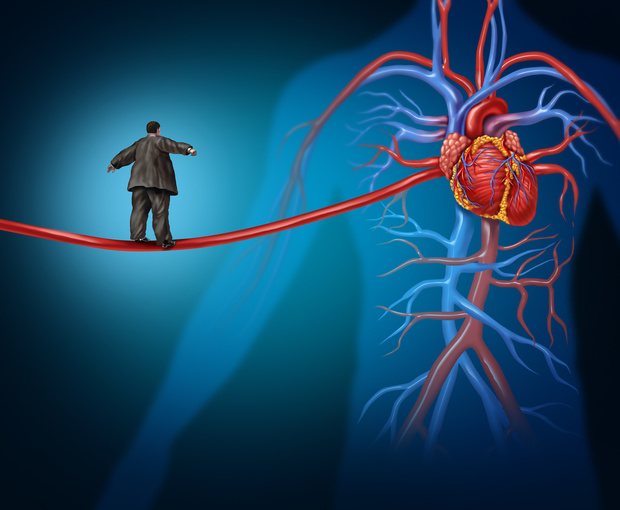
Stroke Prevention - Every Second Matters
Strokes, which are a prolonged deficiency in blood supply to the brain, are the third leading cause of death in Canada, killing about 16,000 people each year, and a leading cause of long-term disability for adults.
It is estimated that approximately 5,500 strokes will occur this year.
- More women than men have a stroke each year.
- It is estimated that approximately two-thirds of them are new, but the rest are recurrent strokes. Having a stroke creates a greater risk for another stroke.
- Within 5 years of having a stroke, the risk of having another stroke increases by about 40%.
The good news is that 80% of strokes are preventable. Every minute during a stroke is critical. Two million brain cells die each minute, so the risk of permanent damage, disability or death increase by the minute.
Quick Onset - The Need For Immediate Response
Few people know the symptoms of a stroke. Knowing them and recognizing them could save your life or that of a loved one.
Here are the common symptoms:
- Sudden numbness or weakness of the face, arm, or leg - usually one side of the body.
- Severe headache with no apparent cause.
- Sudden confusion, trouble speaking or understanding.
- Sudden trouble seeing in one or both eyes.
If you or your loved one experience any of these symptoms, you may be having a stroke.
In the US, the National Stroke Association has come up with the acronym FAST, which stands for:
- Face - Ask the person to smile, and see if their smile looks even
- Arms - Ask the person to raise both arms up and see if they go up evenly
- Speech - Ask the person to repeat a sentence and see if the words are slurred.
- Time: If the person has any of these signs, get him/her to the hospital immediately!
Slash Your Risk Of Stroke
Here are some things you can do today:
- Stop smoking and control your alcohol consumption.
- Manage high blood pressure.
- Manage high cholesterol - cholesterol is the building block for plaque in arteries, which can block blood flow to the brain. This can increase the risk of stroke or heart attack.
- Manage your diabetes- diabetes makes you four times more likely to have a stroke.
- Eat a healthy diet, including a low-sodium diet
- Increase physical activity - as little as 30 minutes a day of exercise (walking, swimming, etc) can improve your health, and may reduce your risk for stroke.
So, what's the role of exercise and physiotherapy after a stroke?
Physiotherapy involves using and strengthening the muscles, and some range-of-motion and stretching exercises to keep the joint mobility. Focus is on regaining the use of the limbs that have been weakened or paralyzed by the stroke.
Sitting around after a stroke is not helpful. Exercise is always better. WHY?
- It controls cholesterol levels - exercise increases "good cholesterol" levels.
- It fights high blood pressure by keeping your blood vessels healthy.
- It controls weight - after the first stroke, many need to lose weight to reduce the risk of another stroke. Exercise helps with weight management.
- It fights depression - being physically active helps fight stress and depression, which in turn reduces the risk of heart disease and stroke risk.
To find out more about what exercise plan is right for you or your loved ones, call our office today! It's the most important decision you will make for the health of your family.
Related articles

Elevate Your Game: Shockwave and Laser Therapy for Tennis and Golfer's Elbow

The types of headaches

